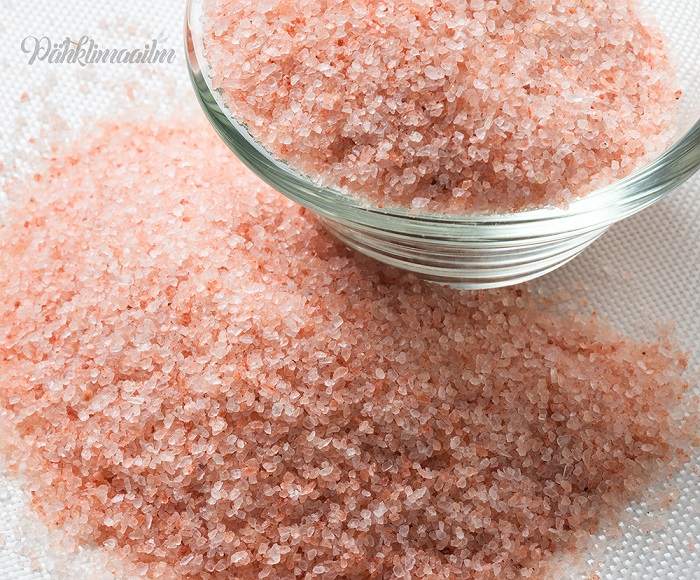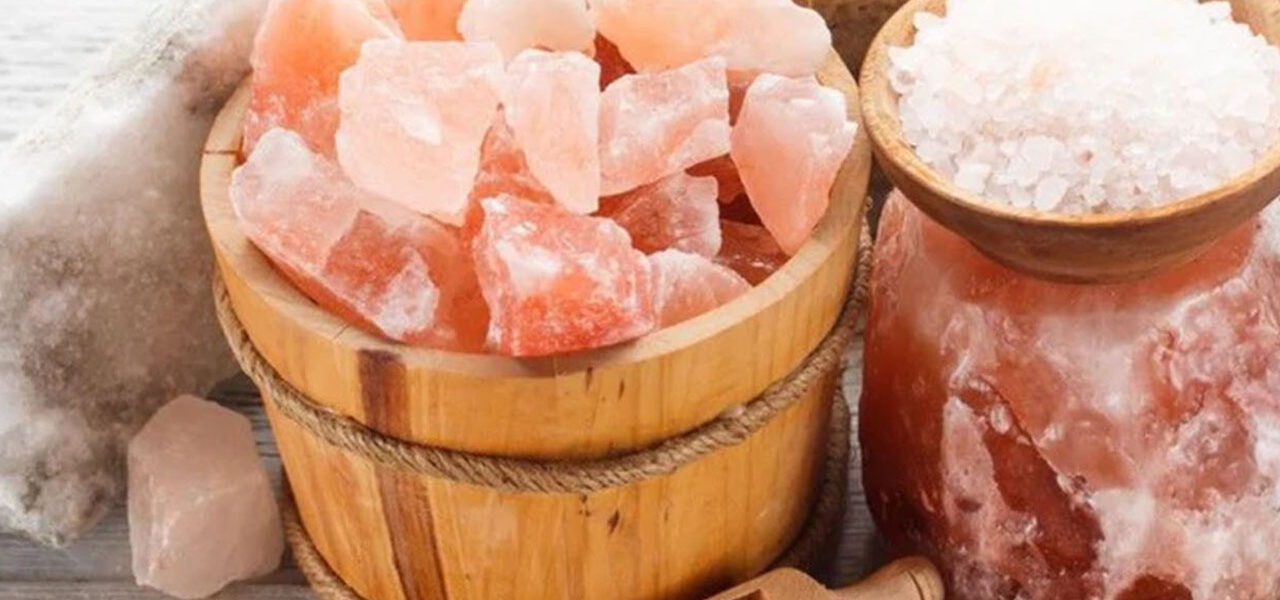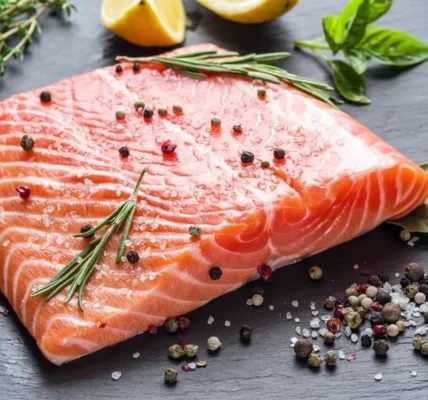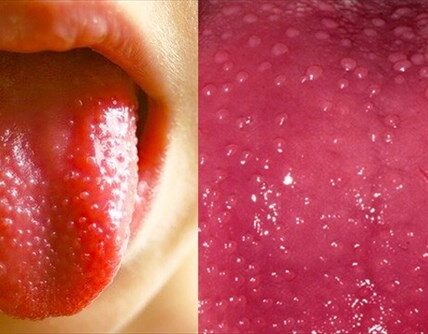Potential Health Benefits (Still Under Debate)
Some people claim Himalayan salt can:
-
Help balance the body’s pH
-
Support skin conditions like psoriasis
-
Soothe respiratory problems like asthma, bronchitis, and chronic cough
However, it’s important to note that these benefits haven’t been strongly backed by science yet. Research on Himalayan salt is still limited, and most studies haven’t proven these effects conclusively.
Even though it contains trace minerals, studies show that consuming a teaspoon (about 5g) of Himalayan salt per day doesn’t provide significant amounts of those nutrients — not enough to make a measurable difference in your health.

Is It Better for High Blood Pressure?
Himalayan salt may contain slightly less sodium than refined table salt, which makes it seem like a better option for people with high blood pressure. But scientific studies show no significant difference in blood pressure levels between people who consume Himalayan salt versus regular salt.
So again, moderation is key — regardless of the type of salt you use.

Himalayan Salt vs. Table Salt: What’s the Difference?
Table Salt is:
-
Highly refined and bleached
-
Stripped of many natural minerals
-
Often mixed with anti-caking agents
Himalayan Salt is:
-
Less processed
-
Contains trace minerals (like calcium, magnesium, potassium)
-
Free from additives and artificial whiteners
However, both salts are still rich in sodium chloride, the compound responsible for their salty flavor and health concerns when overconsumed.

How to Use Himalayan Salt
Thanks to its milder, more delicate flavor, Himalayan salt works well with:
-
Fish and seafood
-
Grilled vegetables
-
Salads and soups
But because it’s subtler than table salt, some people may use more than necessary to enhance flavor — which could lead to overconsumption.
Pro tip: Mix Himalayan salt with fresh herbs and natural seasonings like garlic, onion, parsley, scallions, or oregano to reduce the need for large amounts.

How Much Can You Safely Eat?
One teaspoon of Himalayan salt (5g) contains around 1.9g of sodium. According to the World Health Organization (WHO), adults should consume less than 2g of sodium per day. That’s why it’s important to measure your salt use and choose other flavor-boosting alternatives when possible.
In Summary: Himalayan salt is a beautiful, minimally processed option with trace minerals and a mild flavor — but it’s still salt. While it may be more “natural” than table salt, it should be consumed carefully, just like any other type. More research is needed to fully understand its health effects, so for now, enjoy it in moderation as part of a balanced diet.




